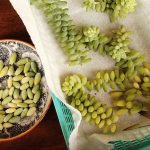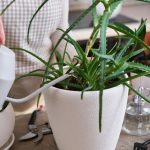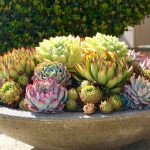Curious about the longevity of succulents and want to ensure they thrive for years? Let’s delve into tips that can aid in maintaining the health of your succulents.
Succulents are universally adored by gardeners for their distinct characteristics and resilience. Despite this, many succulents meet an untimely demise due to inadequate care.
This guide covers strategies for maintaining the vitality of succulents, both indoors and outdoors. The primary objective is to comprehend the essential requirements of succulents to support their extended lifespan.
Discover Products to Enhance Your Succulents:
- Hoffman Organic Succulent & Cactus Soil Mix
- Sun Gro Black Gold Cactus Mix
The Diverse Lifespan of Succulents
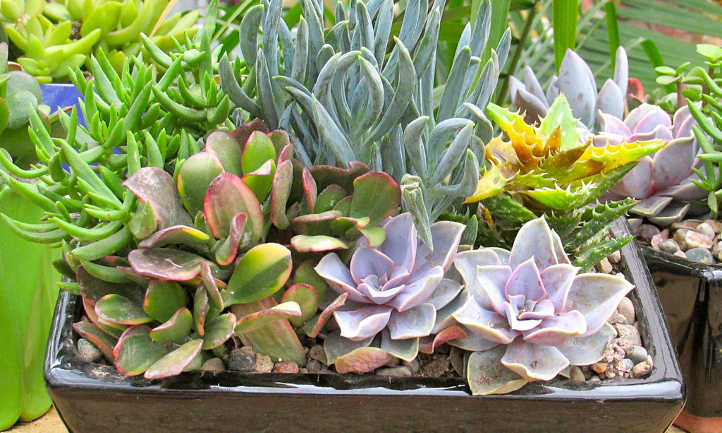

The lifespan of succulents varies significantly due to the multitude of species with unique characteristics and demands. It is crucial for gardeners to familiarize themselves with the specific needs of individual plants to promote their long-term survival. Research on factors such as growth rate, sunlight requirements, watering preferences, and suitable potting mediums is essential for enhancing the longevity of succulents.
While average lifespans for certain succulents may be available online or in gardening establishments, numerous species’ lifespans remain unknown due to insufficient observation in their natural habitats. Some succulents, such as Jade Plants or Aloe Vera, are recognized for their longevity, spanning several decades. Conversely, hybrids like Echeveria Perle von Nurnberg have relatively shorter lifespans.
| Jade Plant | 70-100 years |
| Hens and Chicks | 3+ years |
| Aloe Vera | 5-25 years |
| Barrel Cactus | Centuries! |
| Living Stones | 40-50 years |
| Christmas Cactus | 30+ years |
Several succulents possess unique characteristics that influence their lifespan. For instance, species like Chicks and Hens reproduce abundantly through offsets, ensuring a continuous cycle of plant life despite the short lifespan of individual plants. Monocarpic succulents, such as aeonium kiwi, typically perish after blooming. Propagating these succulents through cuttings offers an effective method to sustain their lineage.
Understanding the Growth Patterns of Succulents
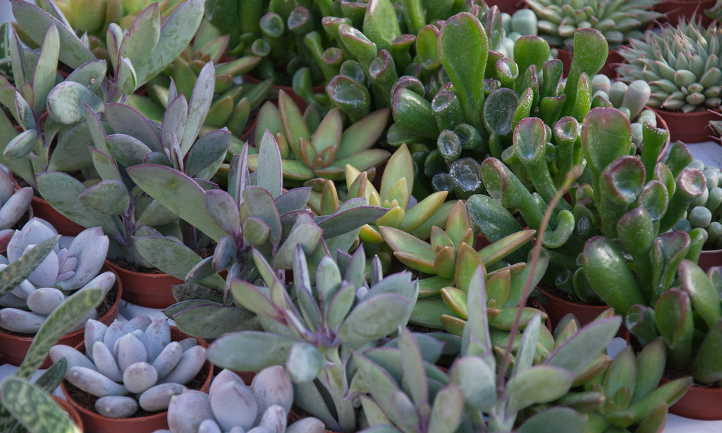

Succulents typically exhibit slow growth rates and undergo seasonal dormancy. During dormancy, succulents conserve energy by minimizing growth to endure harsh environmental conditions. This period requires reduced watering and sunlight.
Indoor succulents may skip dormancy if temperature conditions are constant, hampering their natural life cycle. Most succulents rely on dormancy to initiate flowering and growth phases.
Conversely, the growth season is marked by increased activity, including leaf development, offset formation, and blooming. Additional care such as adequate watering, sunlight exposure, and fertilization is beneficial during this phase.
Succulents originating from different hemispheres exhibit varied growth patterns. Northern hemisphere succulents commonly experience dormancy in winter and thrive during spring and summer. Conversely, southern hemisphere succulents usually enter dormancy in summer to withstand extreme heat.
Maintaining Succulent Vitality


Equipped with knowledge about succulent longevity, the primary focus shifts to maintaining optimal conditions to ensure their endurance. Compliance with natural habitat requirements is essential for succulent well-being, which entails the following guidelines:
Watering should be performed when the soil is completely dry, allowing excess water to drain out of the pot. The “soak and dry” method is recommended to prevent overwatering, as succulents can rebound from minor underwatering but may suffer irreversible damage if overwatered.
Oh no, your beloved pots have dried out!
Ensure your succulent receives ample sunlight, but bear in mind that direct sun exposure may harm most species. Opt for indirect or bright, filtered light instead. Insufficient sunlight may cause your plant to stretch out or etiolate.
It’s crucial for the soil to be well-draining. Specialty succulent and cactus mixes are readily available and ideal for this purpose. Alternatively, you can create your mix by combining one part potting soil with one part perlite. Excessive water retention in the mix could lead to root rot.
The type and frequency of fertilizer required depend on the succulent variety. While some plants benefit from multiple doses per year, others may not require any. For those that do, a balanced or low nitrogen fertilizer is preferred.
Keep your plants free from pests and diseases. Familiarize yourself with common succulent pests such as mealybugs, aphids, and scale insects. Although succulents are rarely affected by diseases, they are susceptible to root rot. Prevent this by watering correctly and ensuring the stem and leaves remain dry.
Remember that these care tips are general and may vary depending on the plant. For precise instructions, delve into the specific needs of your succulent.
Enhancing the Longevity of Your Succulents
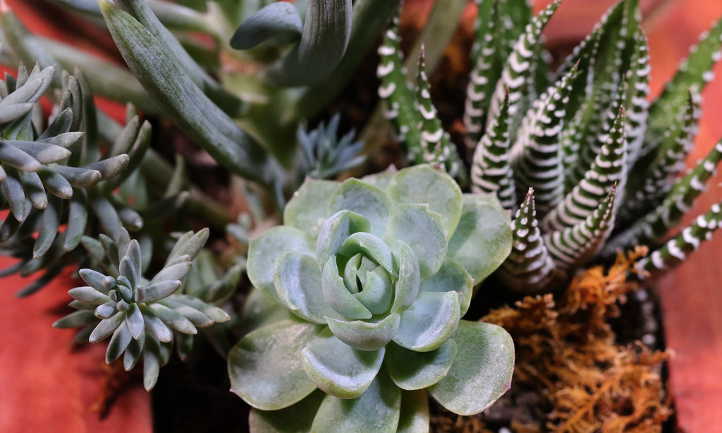
Maintaining proper care for your succulent is undoubtedly beneficial. To significantly prolong their life:
- Stick to a consistent watering routine
- Use high-quality soil and repot as necessary
- Allow your succulent to adjust when relocating
- Nurture the roots effectively
- Engage in propagation so your plant’s legacy lives on
Remember, the longevity of your plant lies in your hands. When you acquire a new succulent, investing time in reading a brief article about its care can make a significant impact. Learn all about your plants, monitor their development, and take detailed notes! Your succulent relies on your conscientious care.

